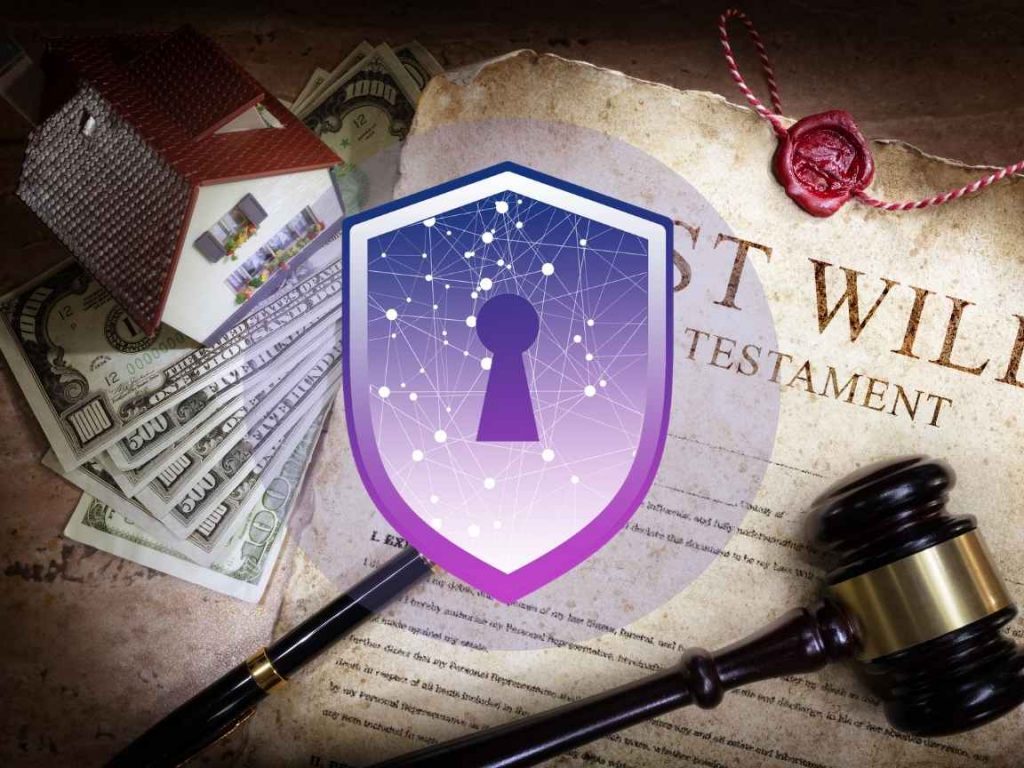

Blockchain has been the talk of the town lately and the hype is well deserved. We are witnessing an increasing number of industries adopting Blockchain in innovative ways. We aim to understand how blockchain is being employed in asset management platforms. We got in touch with Thomas from the Business Team at SafeHaven who was shared key insights into how they operate.
Let’s deep dive into Asset Management Systems based on Blockchain and take away some key learnings from the interview:
What is Safe Haven?
Safe Haven builds asset management and inheritance solutions on the VeChainThor blockchain.
Safe Haven Foundation is a Decentralized B2B2C Finance Platform which supports companies and blockchain projects, aiding their expansion within their verticals.
How did the concept of Safe Haven come into being?
Safe Haven, specifically, the inheritance aspect – is the brainchild of CTO & Founding Director, Jurgen Schouppe. Digital assets stored on the blockchain typically require diverse passwords and private keys to access – something that Jurgen wanted to ensure could be easily passed down to his children.
The problem with using a traditional inheritance service is that the centralized storage of this information would require him to disclose private information regarding his digital asset holdings. This in-of-itself would mean that whoever had access to his centralized storage method, also had access to his private keys.
This differs from the traditional [inheritance] aspect, whereas if the information he provided was bank accounts or something similar, no one could anonymously obtain his accounts without furnishing identification or proper documentation. Blockchain is different – whoever has your private keys or passwords, essentially has whatever digital assets you have stored. He approached Andy Demeulemeester and Logino Dujardin, to act as COO and CEO, respectively.
How is it different from traditional inheritance solutions?
As mentioned above, this method of inheritance for digital assets is every bit necessary. As no one can truly hold onto your private keys or passwords, which house your digital assets, they can’t attempt to act in a fraudulent matter. Due to the involvement of blockchain, though the transactions would be traceable, the identify of whom moved them would be more difficult to obtain. Thus, this brings along the concern in using traditional inheritance vault-like solutions to store digital assets.
At the moment, there are no inheritance solutions within the blockchain digital-asset space. We are changing that.
How is the safety of assets ensured? Is there involvement of a third-party escrow service provider?
The assets always remain under the control of the asset-holder. There is no third-party escrow. Our solution is a decentralized encryption storage method that includes the cold-storage afforded by our SafeKey technology. Our solution involves the use of multiple trusted parties, decentralized storage of credentials and dead-man switches to ensure the safety of accessible information.
Even if the contacts that hold SafeKeys with the stored information attempt to come together to merge the shares of encrypted data [using Inheriti], dead-man switches will activate and warn the owner of the assets of the potential merge process is initiated. The owner can stop the process by following the directions he specified for the DMS when he made the inheritance plan.
How do you see the Asset & Inheritance Management Industry being revolutionized with Blockchain?
It’s hard to say where the market at-large will go with the introduction of blockchain, it’s really endless. The ability to streamline the process, cut overhead costs, offer a different asset class with less restriction to those who are maybe unable to access the world markets. Blockchain will ultimately pave the way to new robust opportunities.
In terms of our scope, blockchain allows for trustless movement of funds and in the inheritance market, guarantees that the wishes of the plan-maker are followed (smart contract).
What is the ‘Trust Alliance Network’? What roles does it play?
The Trust Alliance Network is our own distributed ledger-technology community site and will play an important role in our inheritance platform when we add legal entities. As space matures, we will likely experience new growth. We will begin to see parties become more interested in ensuring their funds are properly distributed, should something occur.
There are different laws all over the world when it comes to asset inheritance and the TAN will be a database of knowledge and reference to ensure everyone has the information to acknowledge those laws. Professionals from all over the world will be able to register and verify their professions, this database will act as a digital Rolodex for those seeking services.
Anything else you would like to add about Safe Haven or your future roadmap?
Well, we stopped providing a public roadmap. In this field, you run into challenges that must be addressed [to move forward] and the roadmap did not allow for us to compensate for the problem solving that is necessary at times. Regardless, we try to maintain the most transparent communication with our community.
Speaking of our community, I would like to add that it is one of the most fantastic within the space and we owe a lot of our success as an organization to their influence. In every decision that we make, we always consider how it will impact both the project and the community. The team remains motivated in the pursuit of solutions that align with decentralized finance (DeFi) utilization of blockchain technology and we will deliver.
This article was originally posted by CryptoTrends
Back to news


